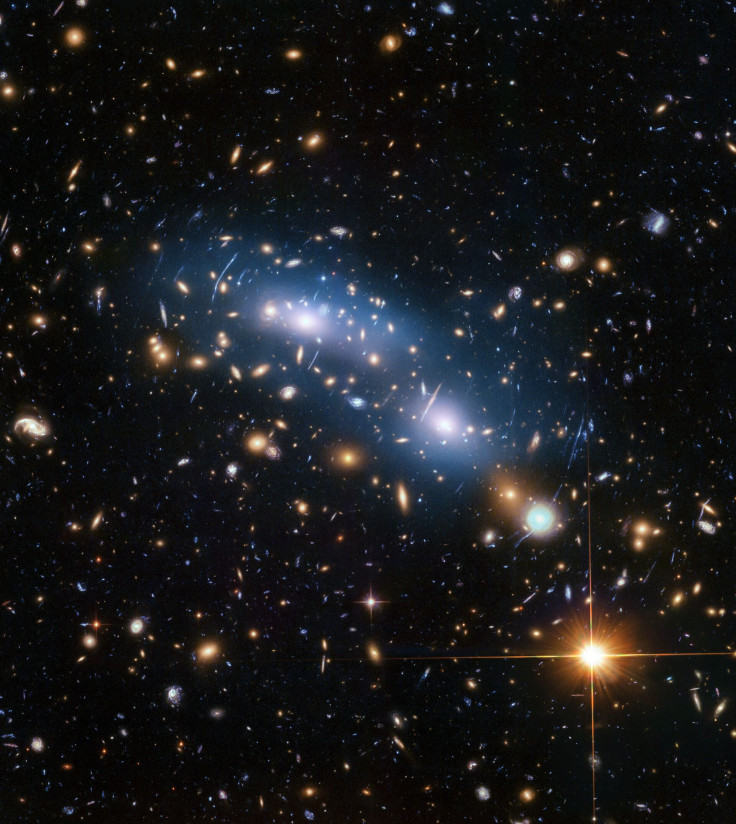Colossal 'Extragalactic Structure' Found Lurking Behind Milky Way In 'Zone Of Avoidance' [Photo]
KEY POINTS
- The zone harbors an enormous galaxy cluster of at least 58 galaxies
- The region is a blank spot covering 10 to 20% of the night sky
- The structure is located approximately three billion light-years from Earth
A little-explored area behind the Milky Way center reportedly hides a massive multi-galaxy structure.
The area, known as the "zone of avoidance," harbors an enormous extragalactic cluster of at least 58 galaxies, according to a new study, published in the preprint database arXiv.org.
This unchartered region remained elusive to astronomers because the Milky Way's bulging center had blocked its view for telescopes. The region is a blank spot covering 10 to 20% of the night sky, according to Space.com.
Scientists discover massive 'extragalactic structure' behind the Milky Way https://t.co/1JBcP3JAlT pic.twitter.com/UNxQm16qYz
— SPACE.com (@SPACEdotcom) November 13, 2022
Our standard visible light telescopes fail to capture the area in detail because of the Milky Way's dense center filled with stars, dust and other matter. Actually, light from the "zone of avoidance" gets scattered or absorbed before reaching Earth's telescopes.
Infrared radiation has offered better luck to researchers in surveying the area. It is a type of energy, invisible to human eyes, that is powerful enough to travel past the dense clouds of gas and dust. There is evidence of thousands of individual galaxies – thanks to infrared surveys – but very less remains known about the large-scale structures in the area.
Data from the VVV Survey – a study of the Milky Way's central bulge using the VISTA telescope – helped identify the most massive structure in the zone. The structure, located approximately 3 billion light-years from Earth, is believed to be a large cluster of galaxies bundled together by a common center of gravity. Researchers found the presence of at least 58 galaxies packed together in a small plot of the zone of avoidance.
Galaxy clusters are said to be the largest gravitationally bound objects in the universe. As a matter of fact, the largest known clusters comprise hundreds of thousands of galaxies drawn together.
It is very difficult to gauge the size of the newly discovered galaxy cluster as there exist vast distances and innumerable obstructions in the area between its stars and Earth.
The discovery points to the efficacy of observing the zone of avoidance, which was considered impenetrable before. The James Webb telescope may prove to be a useful instrument in this endeavor, considering it has already used its infrared camera to capture the deepest image of the universe to date.
In a similar feat, the Hubble telescope recently captured a rare single snapshot showing a supernova explosion in action.
"It is quite rare that a supernova can be detected at a very early stage because that stage is really short," study author Wenlei Chen, from the University of Minnesota School of Physics and Astronomy, said in a statement from NASA at the time. "It only lasts for hours to a few days, and it can be easily missed even for a nearby detection. In the same exposure, we are able to see a sequence of the images—like multiple faces of a supernova."

© Copyright IBTimes 2025. All rights reserved.





















